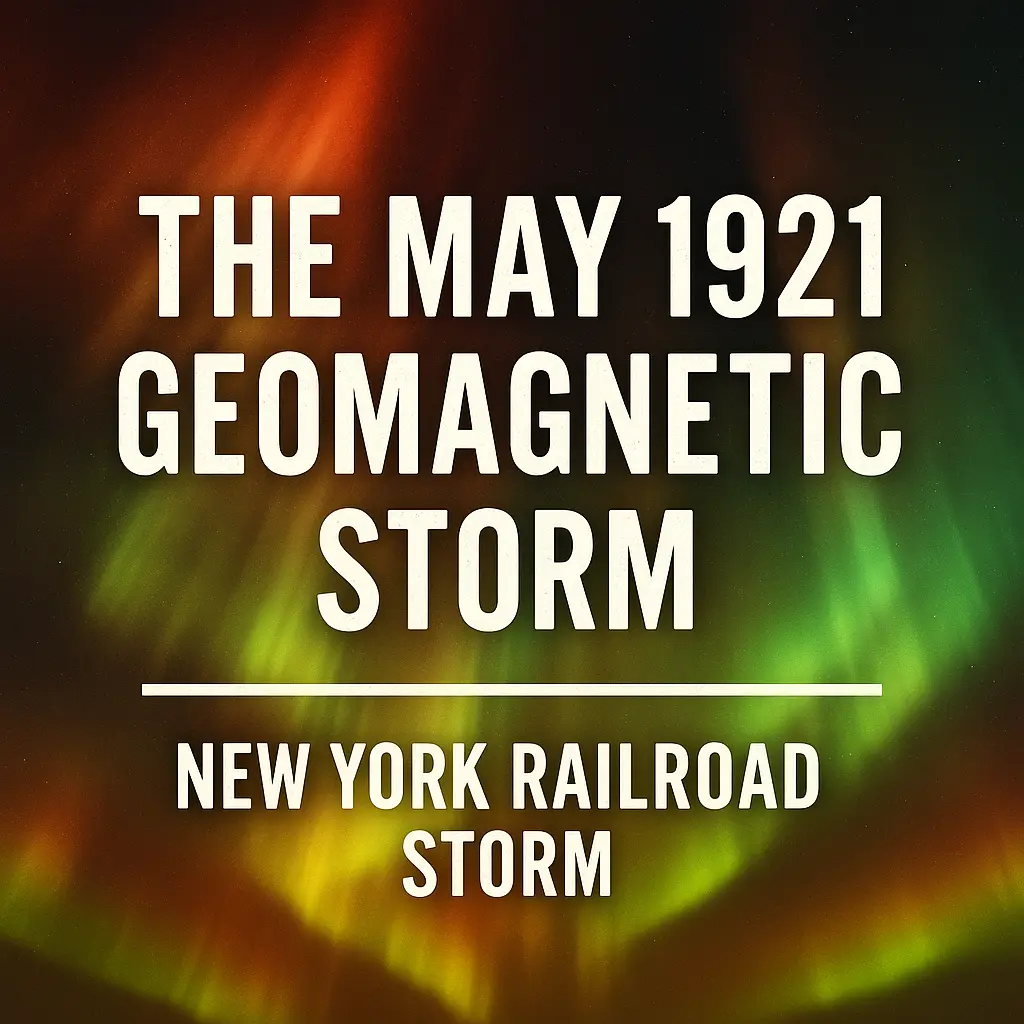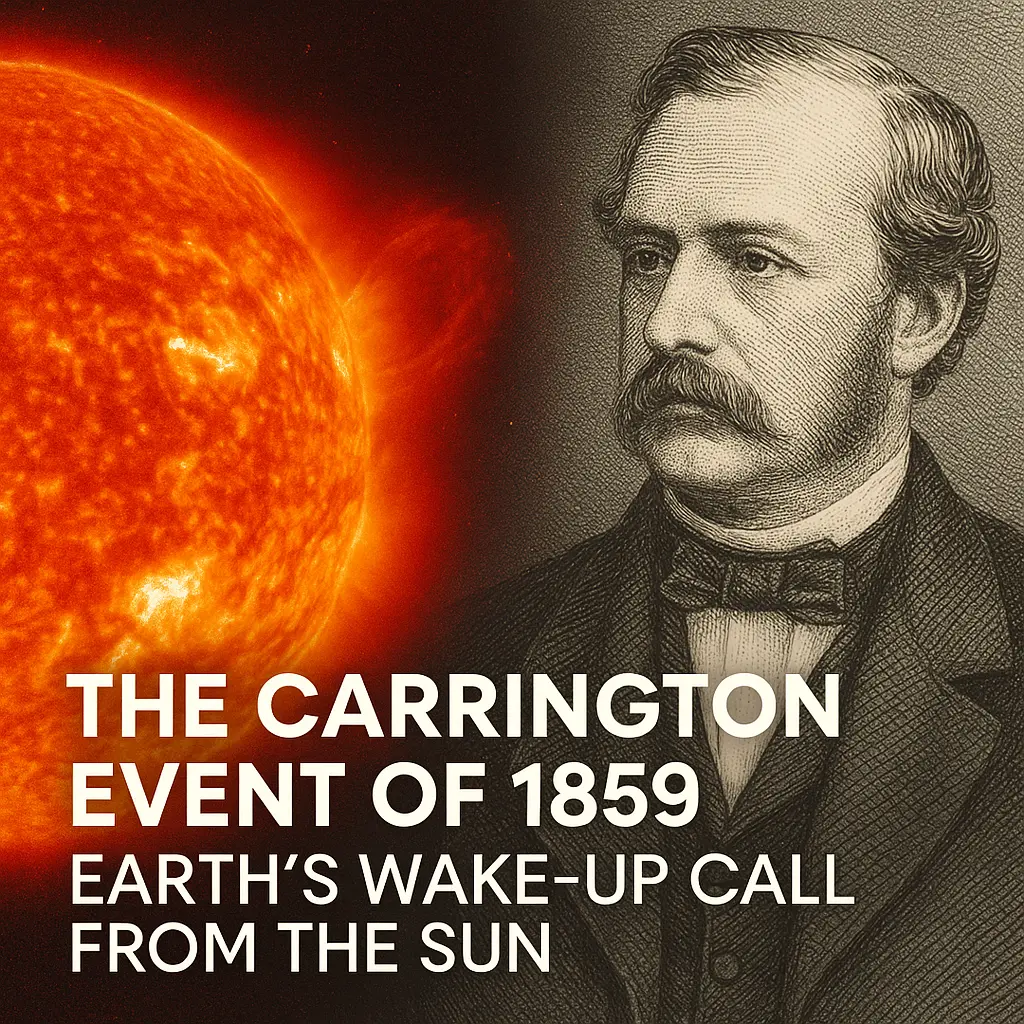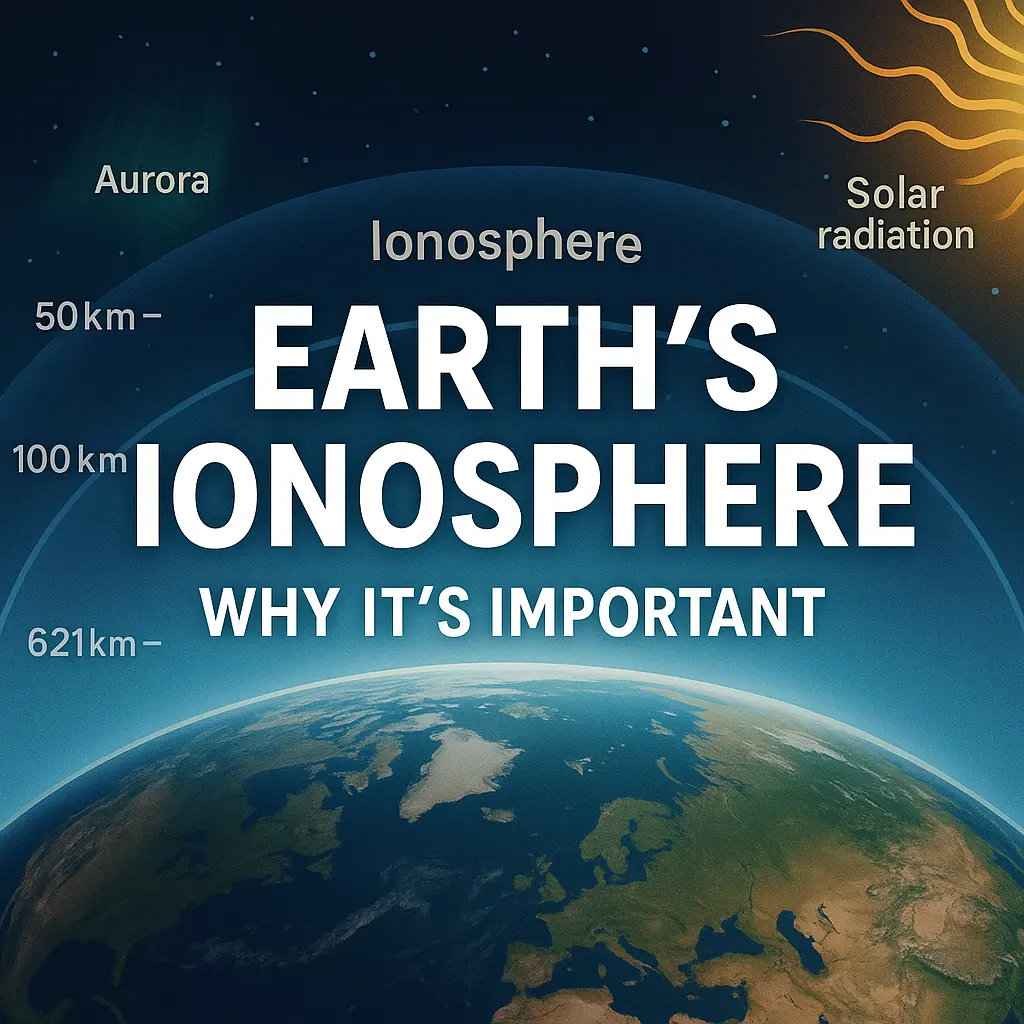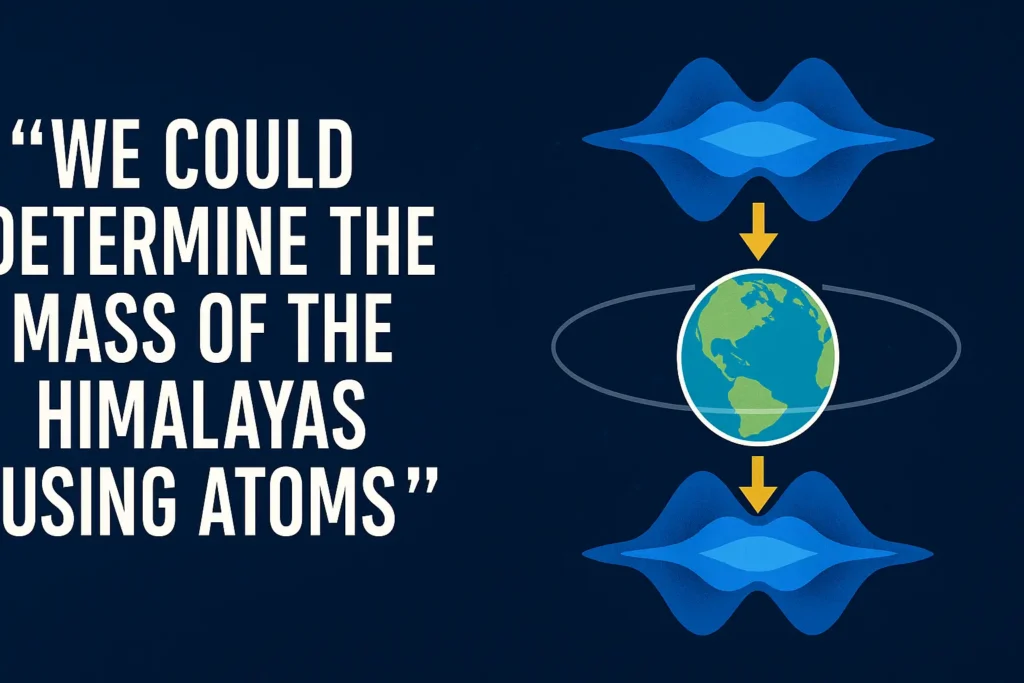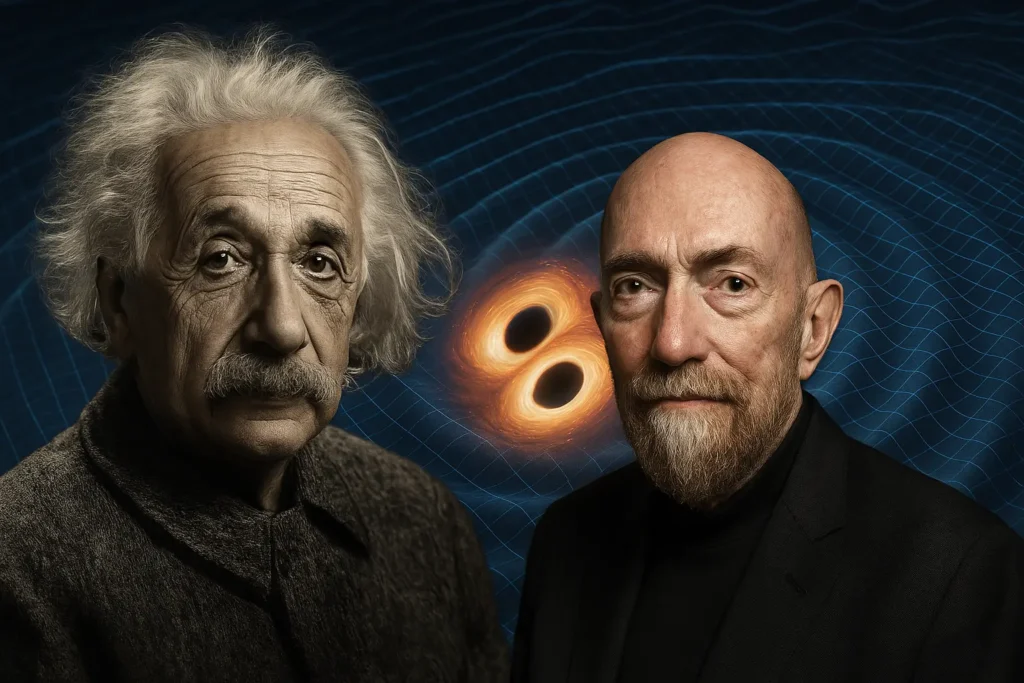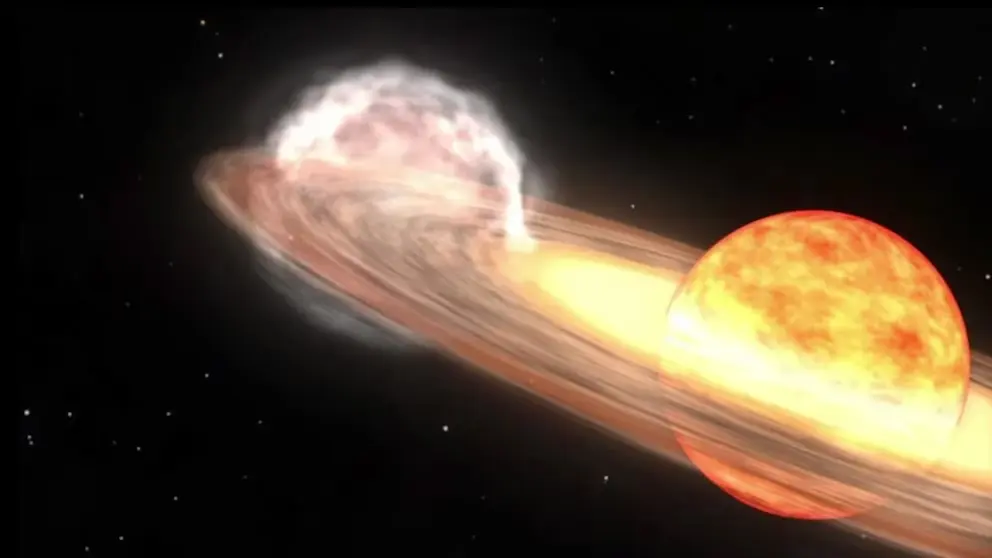The March 1989 Geomagnetic Storm: A Wake-Up Call from Space
In March 1989, a powerful solar storm underscored the vulnerability of modern technological infrastructure to space weather. This geomagnetic storm, triggered by a massive solar eruption, caused significant disruptions on Earth, including a major power outage in Quebec. It remains one of the most impactful space weather events in recorded history. 🌞 Solar Origins The […]
The March 1989 Geomagnetic Storm: A Wake-Up Call from Space Read More »


